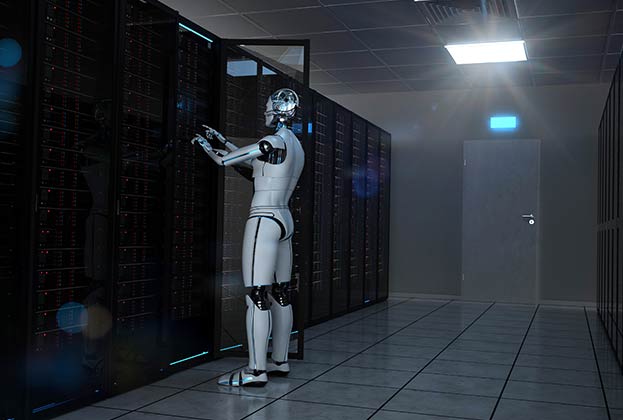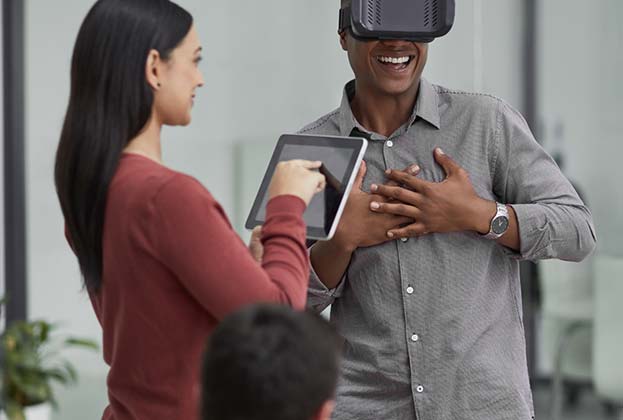NO STONE UNTURNED: 'AN OFFICE SHOULDN'T BE "OVER-DESGINED", BUT HAVE ROOM FOR DEVELOPMENT'
What does the ideal office look like? Many real estate investors and operators are looking for the answer to that question, and like to stick to the perfect office once they've found it. However, it's important to remain flexible, says Raquel Machado, Senior Associate at M Moser. Don't "over-design," but involve people and keep room for development.
M Moser tests out office spaces in what they call a Living Lab. The latest Living Lab has just opened in a canal house in Amsterdam. "There's a lot to test," Machado says. The space is being tested by the M Moser staff who work there, and who are closely involved in the plans. 'The whole team has come together to discuss how to set it up optimally. However, we don't 'over-design' and 'over-think' it.
Machado continues: 'We offer room for growth and development. For example, we don't know if we need a lot of meeting rooms or only a few. So we start with one, and we'll see how that goes. Then after that we can figure out if we need more or less.' Furniture is rented or bought second-hand, so the furnishings can easily be changed again.
Most importantly, when designing an office, you need to understand the people who will use it, Machado says. 'They are the heart and soul of the organisation. You want to attract and retain talent, so look at what they need from an office space. How can you make sure the space is such that they get the most out of it?' That also means asking people what they want. 'You start with a vision: where do you want to go? You have to involve everyone, from intern to director. They can help you get there, and explain how the office connects everyone.'
Back to the office in order to focus
Meanwhile, Covid-19 has changed the function of the office. Previously, people went to the office every day, five days a week. That was reflected in the layout, Machado says. 'Lots of open spaces and lots of desks, because everyone was there every day. Now there is room to lay it out differently, and you have to ask yourself why people still come to the office.'
By the end of the pandemic, the expectation was that people would still want to come to the office primarily for the social factor, meeting colleagues and working together. Yet that idea is starting to change, Machado sees. 'Of course you want to have a coffee, you want to meet colleagues, but actually you go in, in order to focus on something. If the office is well designed, the conditions for focus are better than at home. That can be in enclosed cubicles, but also in a library setting.'
In addition, people have started thinking more about their work-life balance because of Covid-19. 'That is something that is here to stay. For new generations, that's the norm. They don't understand what it's like to go to the office five days a week, and to sit at the same desk every day.'
.jpg)


.jpg)
.jpg)